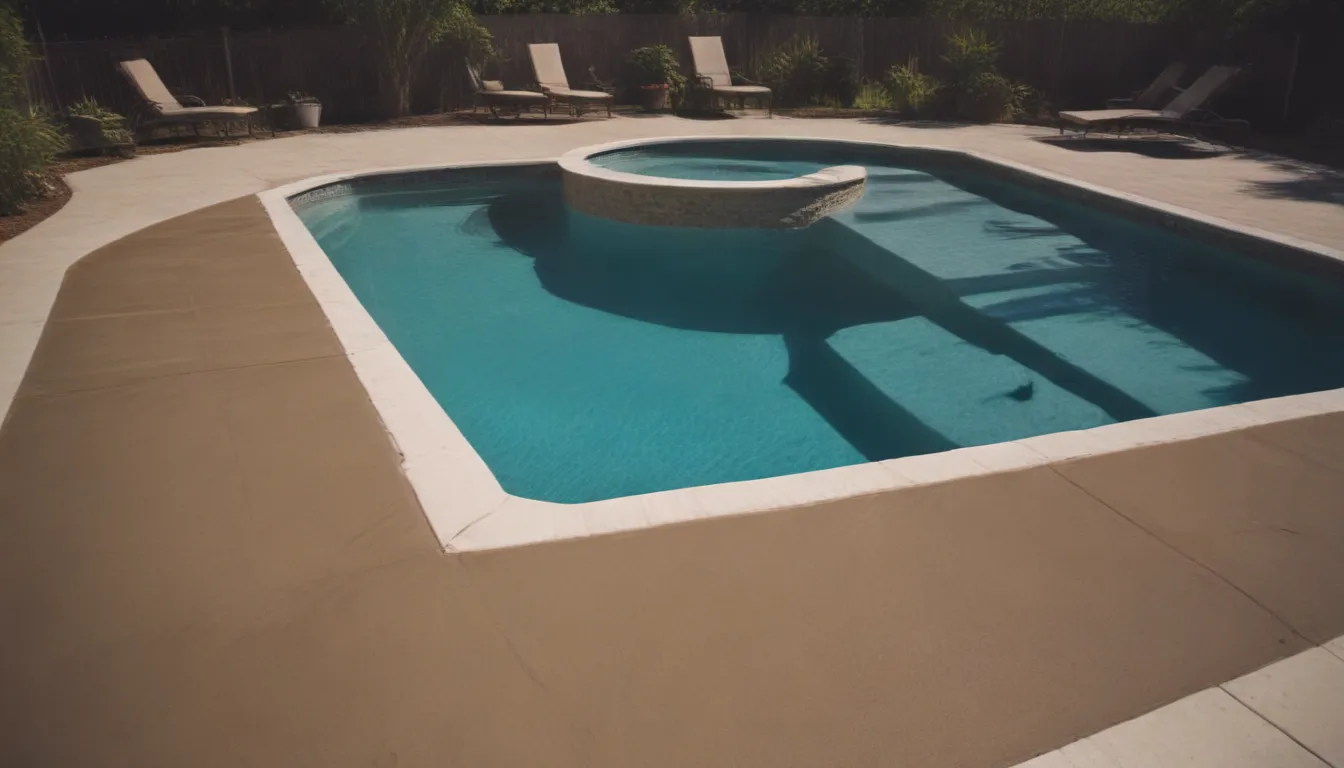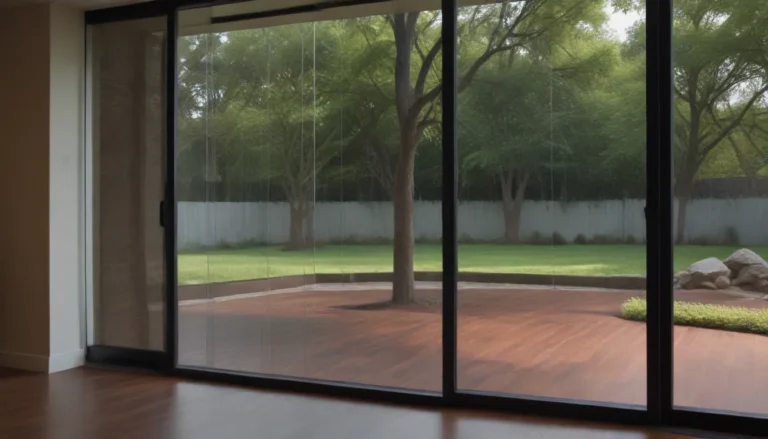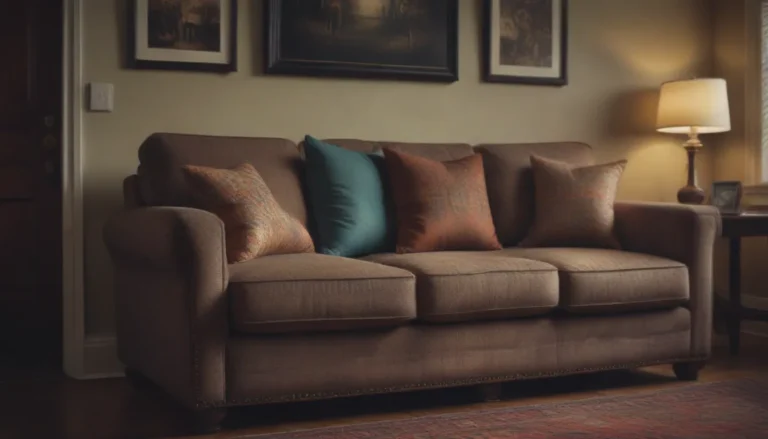Everything You Need to Know About Pool Resurfacing: A Comprehensive Guide for Pool Owners

As a proud pool owner, you know that maintaining your pool in top condition is crucial to ensure you can continue enjoying it for years to come. One important aspect of pool maintenance that many pool owners may not be fully informed about is pool resurfacing. In this extensive guide, we will delve into all the essential information you need to know about pool resurfacing, from the signs that indicate your pool may need resurfacing to the different material options available and the cost associated with the process.
Understanding Pool Resurfacing
Pool resurfacing is the process of replacing the existing surface layer of a pool with a new surface. Depending on the type of pool surface you have, whether it be vinyl, fiberglass, or concrete/gunite, the specific steps involved in resurfacing will vary. Each type of surface requires a different approach to ensure the new layer adheres properly and provides a smooth and durable finish.
When it comes to different pool surfaces, here’s a quick breakdown:
– Vinyl pool resurfacing:
– Fiberglass pool resurfacing:
– Concrete/gunite pool resurfacing:
Signs Your Pool Needs Resurfacing
It’s essential to pay attention to the signs that indicate your pool may need resurfacing. Some of the common signs include visible cracking, water loss, the need for frequent water or chemical additions to maintain proper balance, and more. However, it’s crucial to rule out leaks as the cause of these issues before proceeding with a resurfacing project.
Pool Resurfacing Material Options
When it comes to resurfacing your pool, you have the opportunity to choose the type of surface finish and color that best suits your preferences and needs. From vinyl and fiberglass to plaster and tile, there are various material options available, each with its unique characteristics and benefits.
Here are some of the most common pool resurfacing material options:
– Vinyl:
– Fiberglass:
– Plaster:
– Tile:
– Paint:
Resurfacing vs. Replastering a Pool
Though pool resurfacing and replastering may seem similar, they differ in the method and level of involvement. While resurfacing involves applying a new layer over the existing surface, replastering requires completely removing the old surface layer before installing a new plaster layer. It’s important to consider the extent of the damage and the desired outcome when deciding between resurfacing and replastering.
Tip:
When planning a resurfacing or replastering project, it’s advisable to address any necessary repairs simultaneously to ensure a comprehensive solution for your pool. This approach may increase the initial cost but can save you money in the long run by addressing multiple issues at once.
How to Resurface a Pool
The process of resurfacing a pool typically involves several key steps that ensure a successful and long-lasting finish. From preparing the surface to applying the new material and finishing touches, each step plays a crucial role in the overall quality of the resurfacing job.
Cost of Resurfacing a Pool
The cost of resurfacing a pool can vary significantly depending on factors such as the type of pool, surface material chosen, size, shape, and location of the pool. For instance, a tile pool resurfacing for a 1,000-square-foot pool might cost around $30,000, while repainting the same size pool could cost approximately $1,500. Replastering, on the other hand, may cost around $5,500 for a 1,000-square-foot pool and could increase to $6,500 for aggregate type plaster.
In conclusion, pool resurfacing is a necessary maintenance task that should not be overlooked as it can prolong the life of your pool and enhance its aesthetics. By knowing the signs that indicate your pool needs resurfacing, understanding the material options available, and considering the cost implications, you can make informed decisions to keep your pool in top condition for years to come. Whether you opt for vinyl, fiberglass, plaster, tile, or paint, choosing the right surface finish and color can transform your pool into a stunning oasis that you can enjoy for many seasons.
Remember, a well-maintained pool not only enhances your property’s value but also provides a refreshing retreat for you and your loved ones to enjoy. So, stay informed, stay proactive, and keep your pool in pristine condition with timely resurfacing and proper maintenance. Happy swimming!





